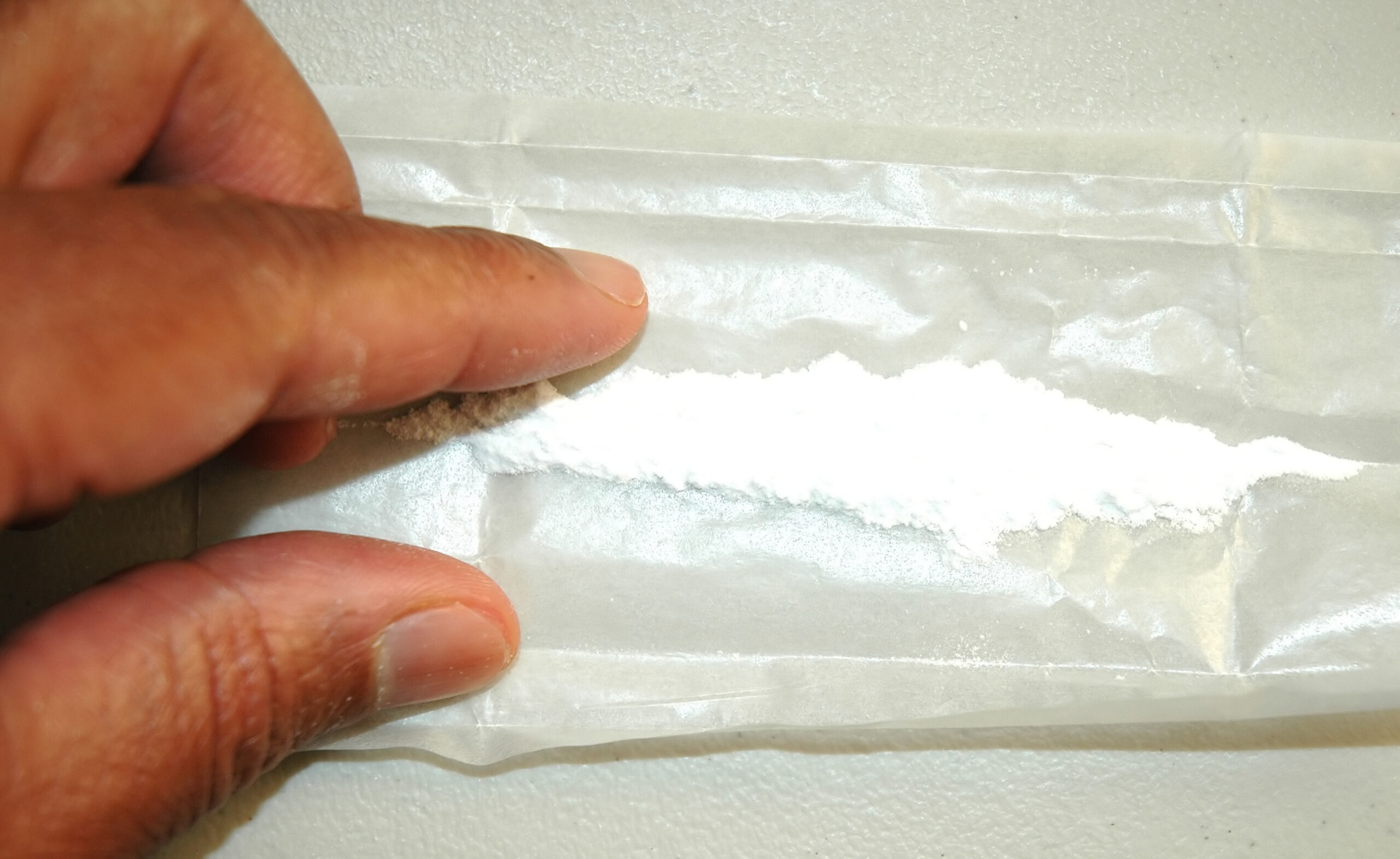In some of the poorest nations in the world, drug trafficking is causing more addiction and putting strain on public resources, which are used to transport contraband to Europe.
READ MORE: NDLEA Arrests Three Suspects and Seizes $5. 3 billion worth of Cocaine Hidden In Lace Fabrics.
The Sahel, a semi-arid region below the Sahara where poverty and armed groups are prevalent, was the subject of a UN report last year, which warned of a rise in large-scale cocaine seizures.
However, according to government officials, doctors, and researchers, trafficking in low-income nations, where treatment options are limited, in addition to providing money to criminal organizations.
Some will find themselves within the nation once it enters the system, according to Alexander Twum Barimah, deputy director general of the Ghanaian Narcotics Control Commission.

A 2024 report from the UN Office on Drugs and Crime (UNODC) noted that West Africa has long been “a natural stopover” for drugs , mostly cocaine from Latin America, that travel to North Africa and Europe, mostly via maritime routes but increasingly overland.
According to the UN, heroin and meth from Asia travel through the area on their way from east to southern Africa to Europe.
Read more about the French Navy’s seizure of nearly 10 tons of cocaine off West Africa.
While drug sales are higher in Europe, some contraband is diverted, especially when low-level traffickers receive in-kind payment, according to experts.
As routes from South America are under pressure from law enforcement and the demand for drugs in Europe rises, up to 30% of the country’s cocaine may be transiting through West Africa, according to the Global Initiative Against Transnational Organized Crime (GI-TOC).
West Africa’s problem of drug abuse is not new; some local drug producers, including meth and cannabis, are.

However, the countries in the area are unable to handle the trafficking influx.
In the past year, 14.4% of Nigerians between the ages of 15 and 64 used drugs, more than twice the global average of 5.6%, according to 2019 UN data.
Due to trafficking, the proliferation of conflict, and a booming youth population facing a lack of economic opportunities, Akanidomo Ibanga, the UNODC’s country project officer for Nigeria, said that figure is expected to continue rising.
Rehab facilities are “lackluster.”
According to a 2022 count, nine states in Nigeria do not have a single drug treatment facility, while nine do.
Ibanga claimed that the country’s total, which is made up of more than 200 million people, has only 2,500 beds, which would leave about 10,000 of the estimated three million Nigerians who require assistance in a year.
In an effort to give those staying in a quiet street on the edge of Abuja, Vanguard Against Drug Abuse’s offices are located behind an unmarked gate that is unrecognizable from the nearby homes.
There are meeting rooms for group therapy, ping pong tables, and chess tables inside. Although founder Abraham Hope Omeiza claims that his 600, 000 naira ($400) per month rate for in-patient therapy is heavily discounted, it is still nearly nine times the minimum wage.
The 500 or so people Vanguard treats annually in both in-patient and outpatient therapy “is not enough,” Omeiza told AFP.
shifting local markets
According to researchers, moving drugs through West Africa also strengthens regional corruption.
Investigative journalists have connected the local political elite, including the president’s family, to Dutch national Jos Leijdekkers, who is on Europol’s most wanted list for cocaine trafficking.
The nation, which only has one psychiatric hospital, is currently experiencing an epidemic of people using both crack and cocaine, both of which are made from synthetic marijuana.
Sierra Leone is “promising to become a trafficking corridor,” according to Ibrahim Kargbo, a senior director at the National Drugs Law Enforcement Agency.
In the greater Accra region, a survey conducted in Ghana found that cocaine was the most frequently abused drug, followed by heroin and crack.
Additionally, there is a rise in the use of tramadol, an imported opioid that has been bolstered in part by the success of heroin dealers.
Ghanaian authorities have launched education campaigns in recent months to combat “red,” a high-strength variant of tramadol.
According to Maria-Goretti Ane Loglo, who has studied drug use in Ghana, “if you are in that space where you can’t afford heroin, you rely on red.”
Farmers Nana Twum and the Western Region of Ghana, who both work for the government, shared their strength with AFP earlier this year.

He said, “But I’ve realized it’s having an impact on me because I get weak when the drug stops,” adding that he hoped to wean himself off.
He was receiving care at the Nkwanta Regional Hospital a few weeks later.
Source: Channels TV

Leave a Reply